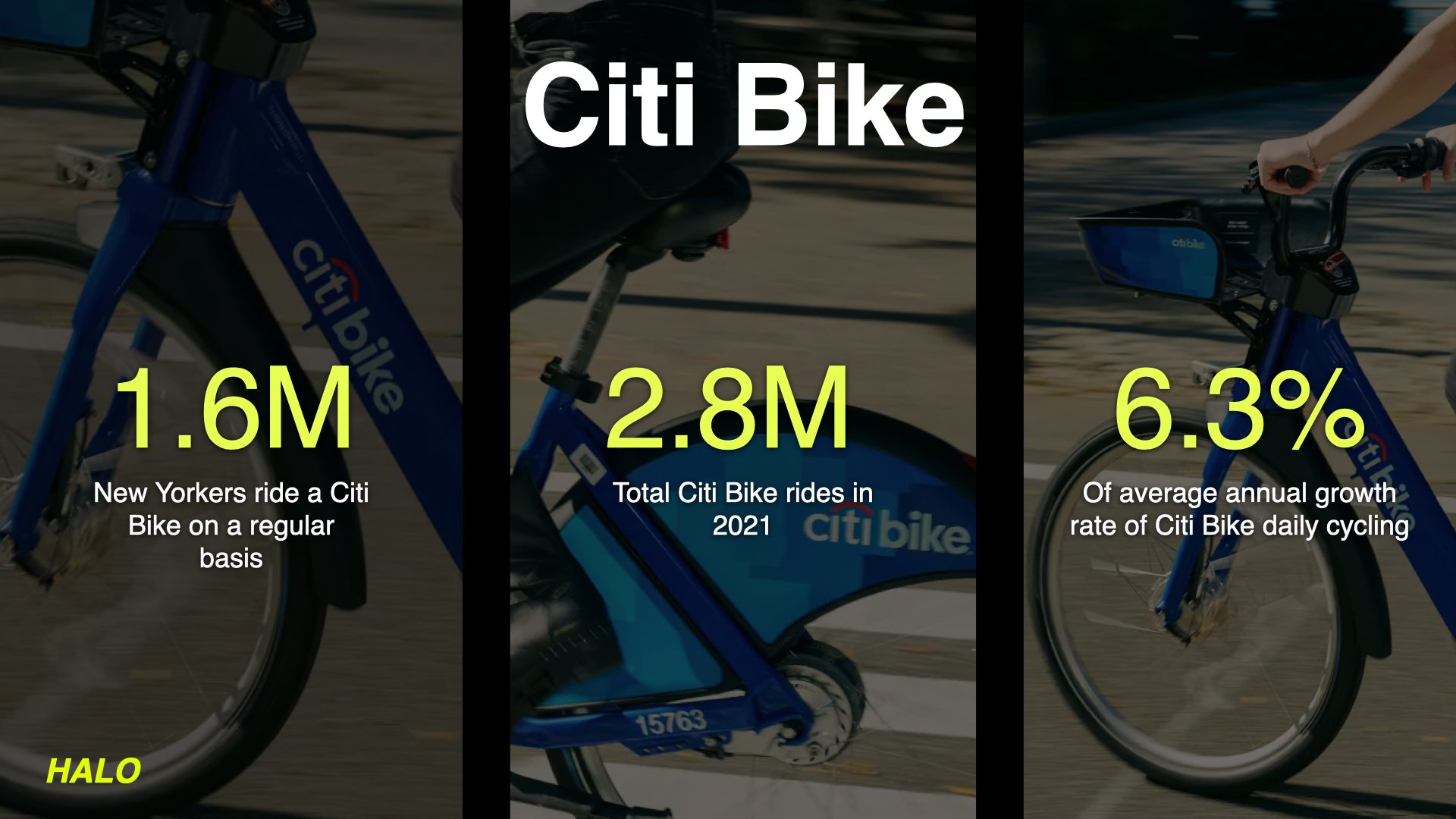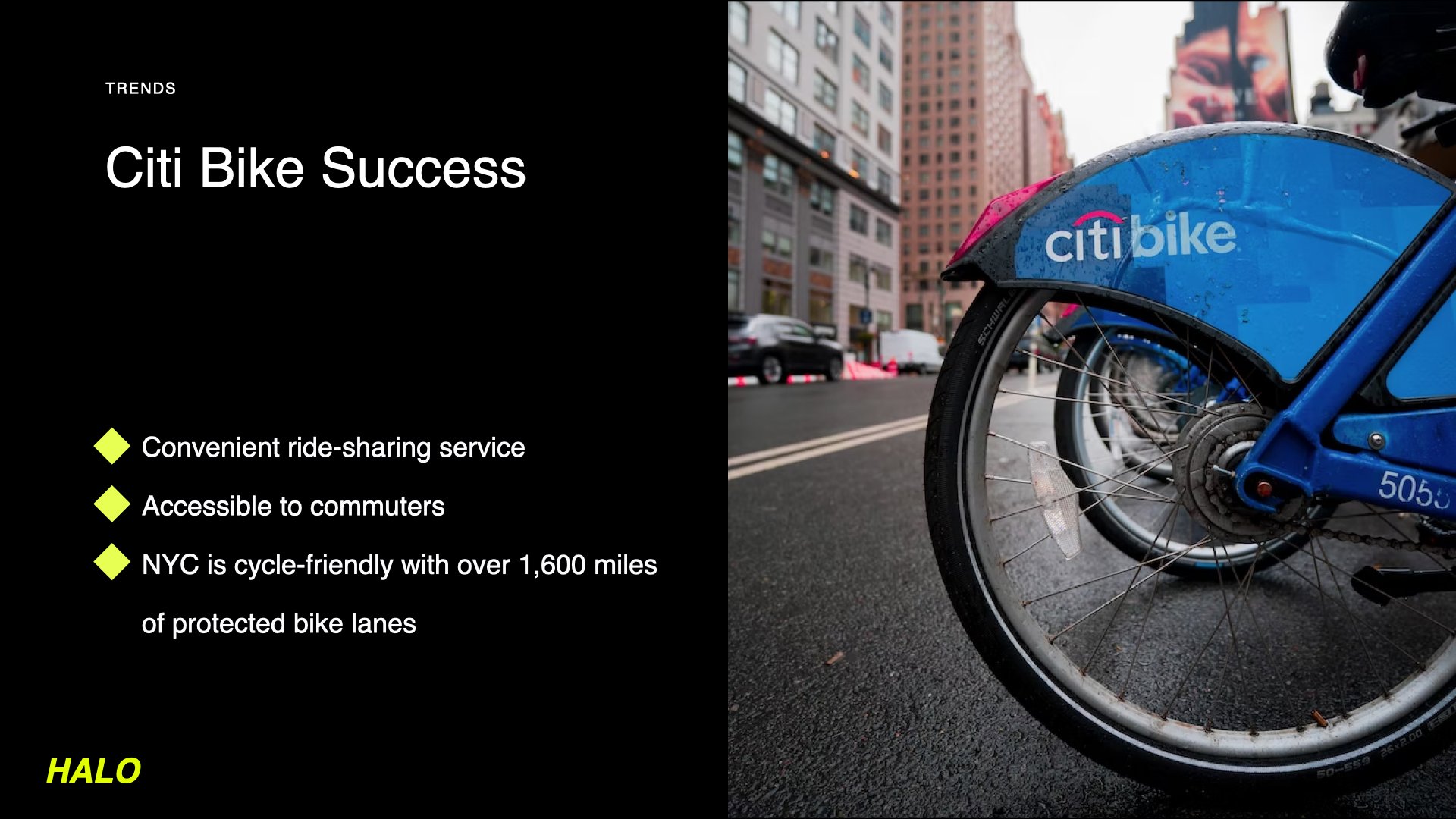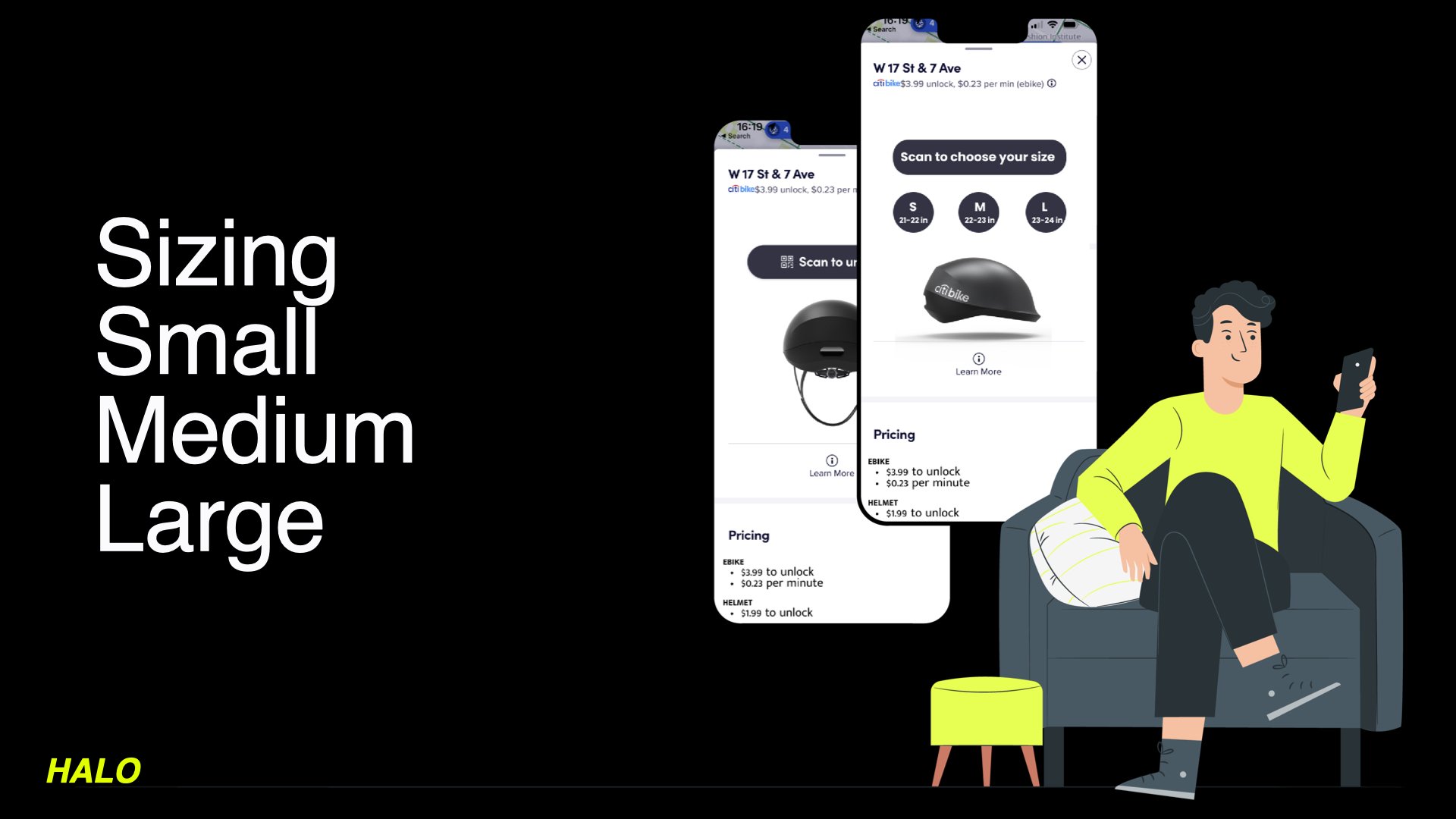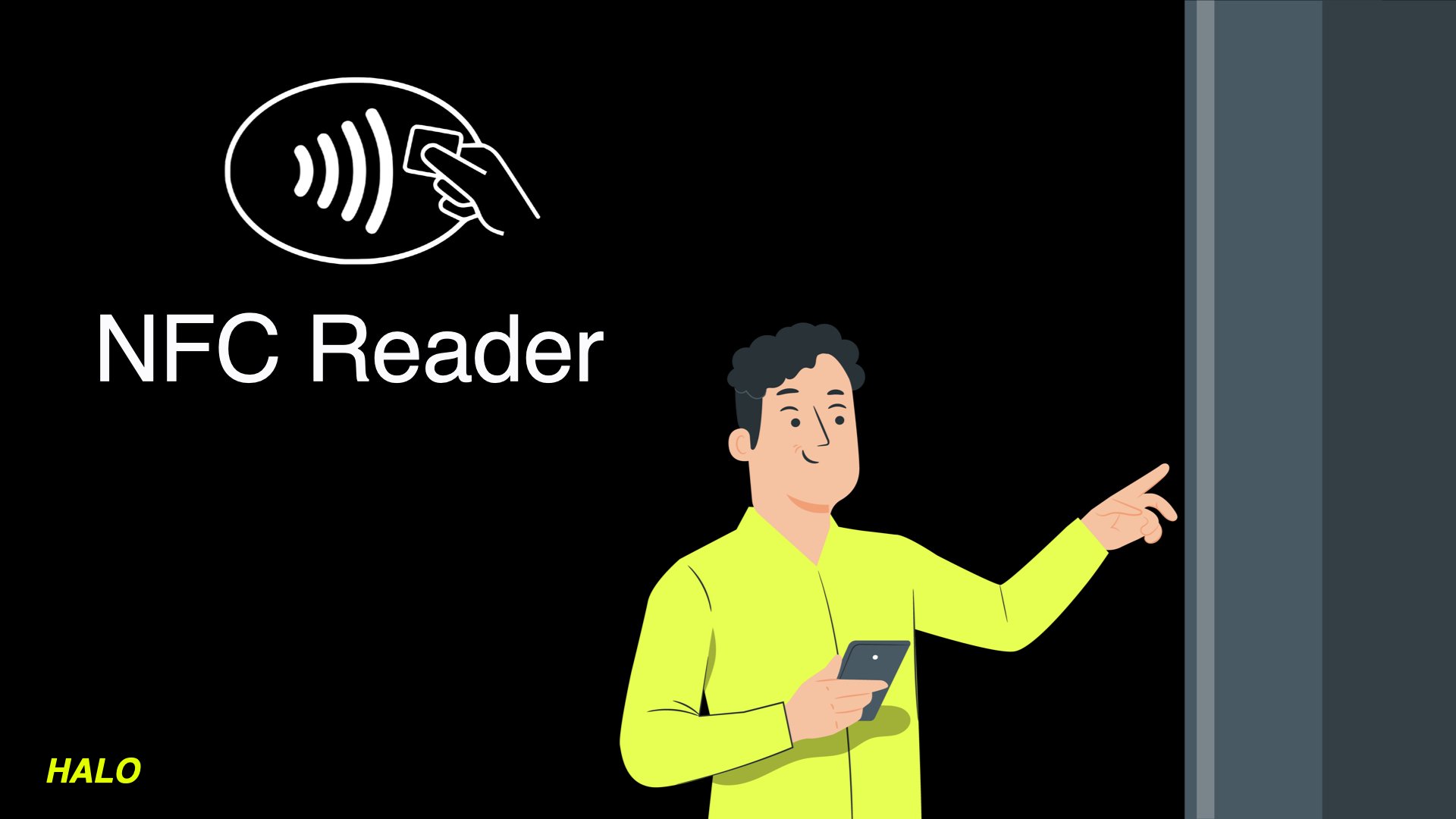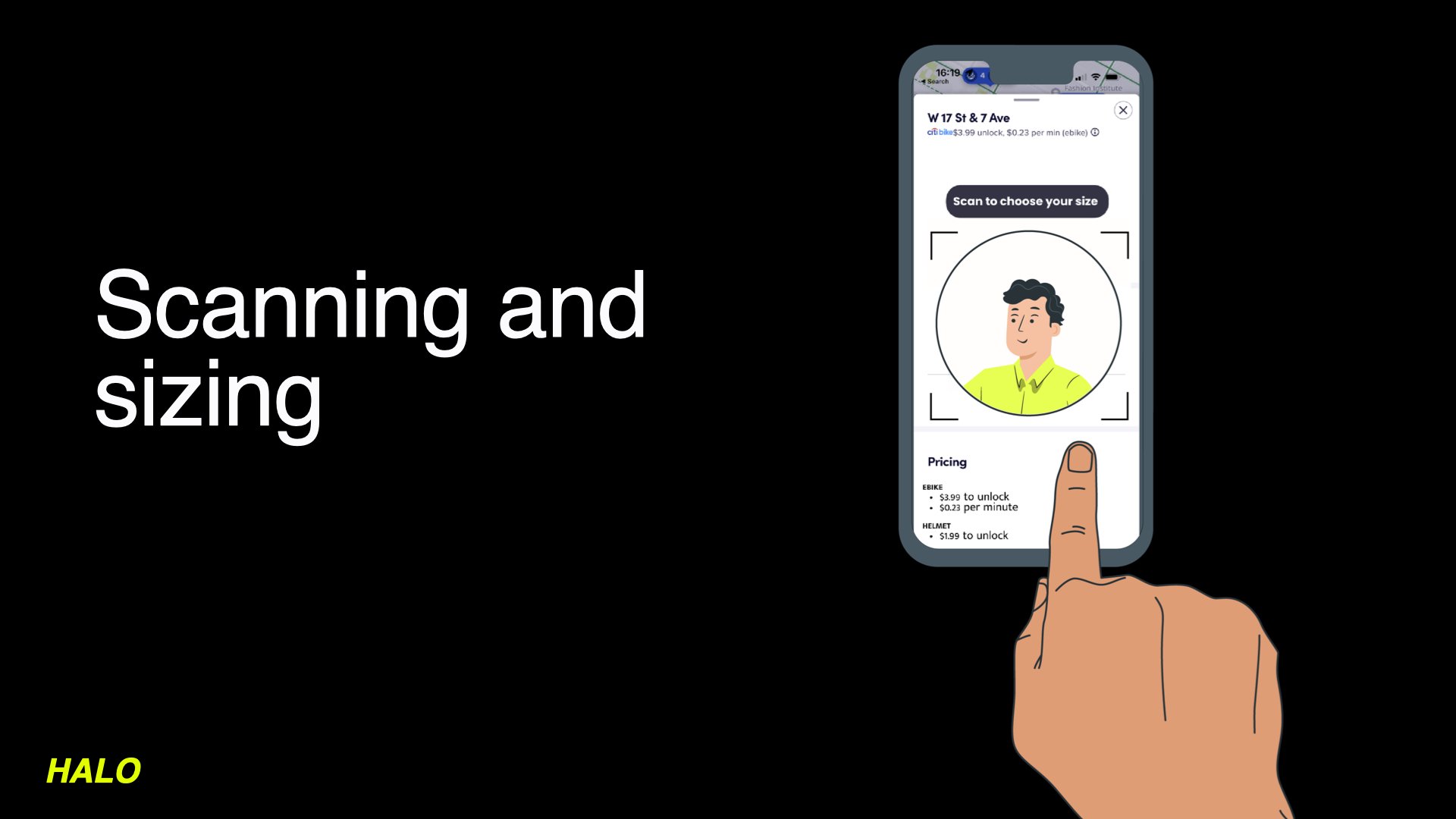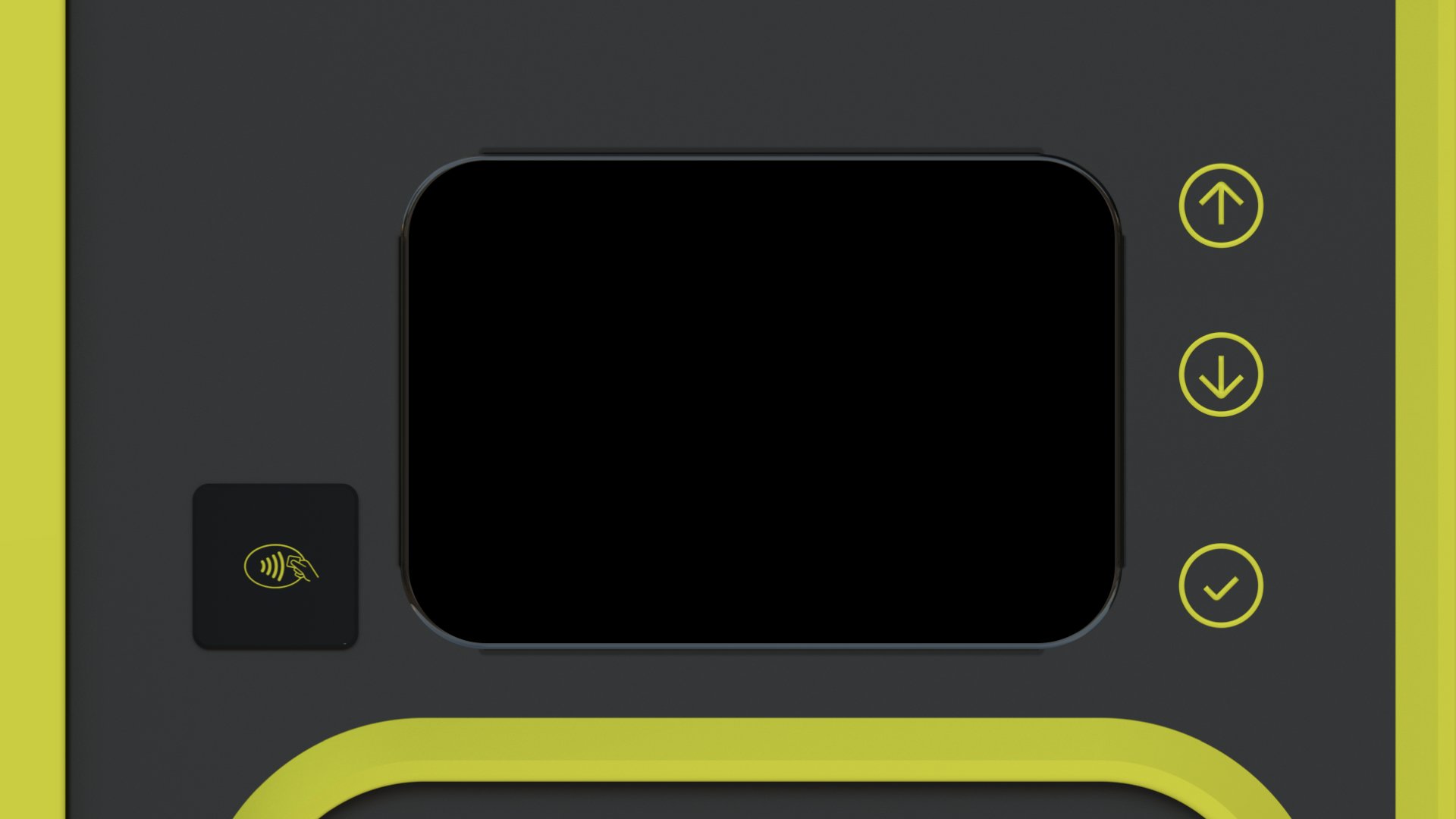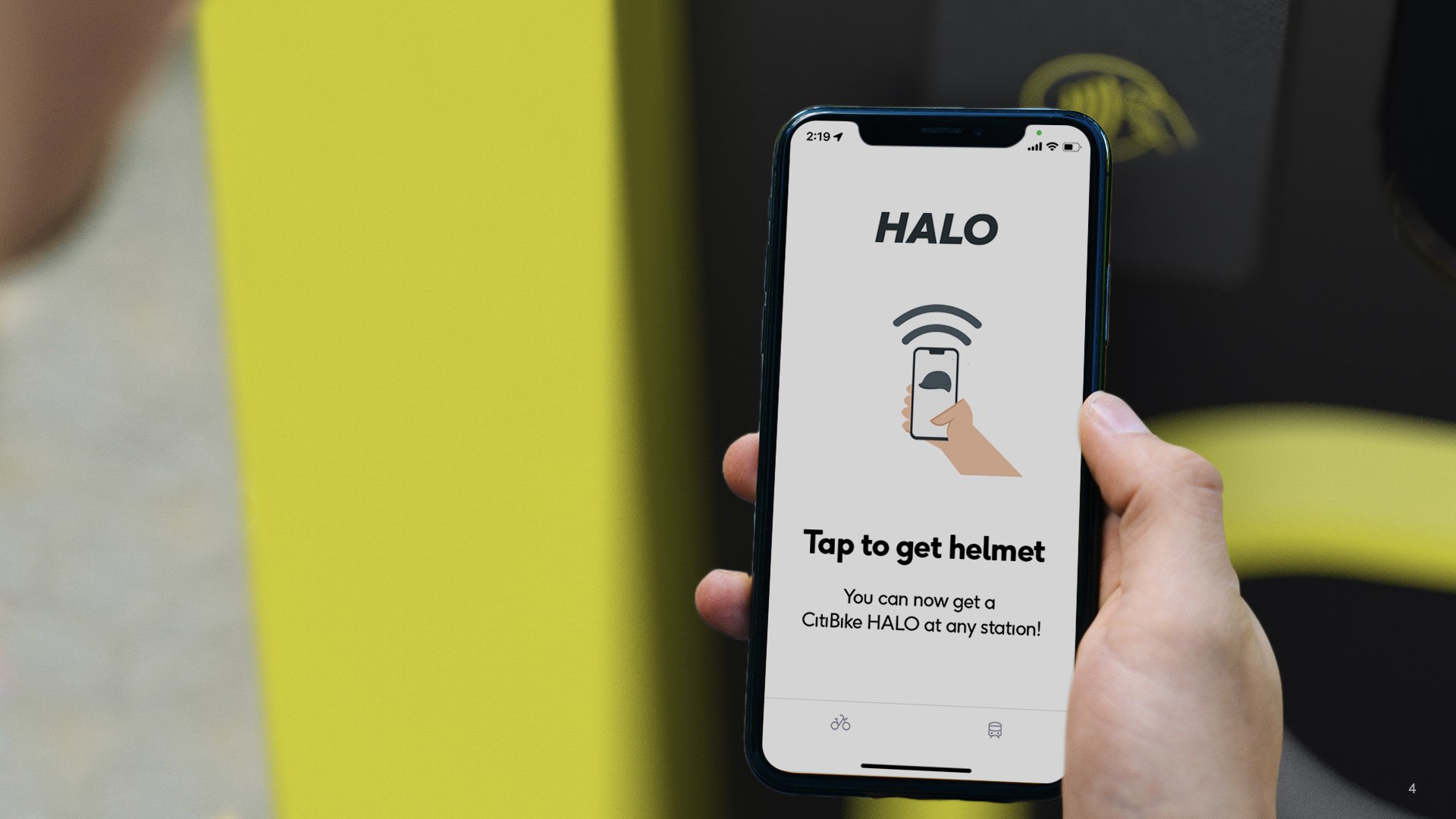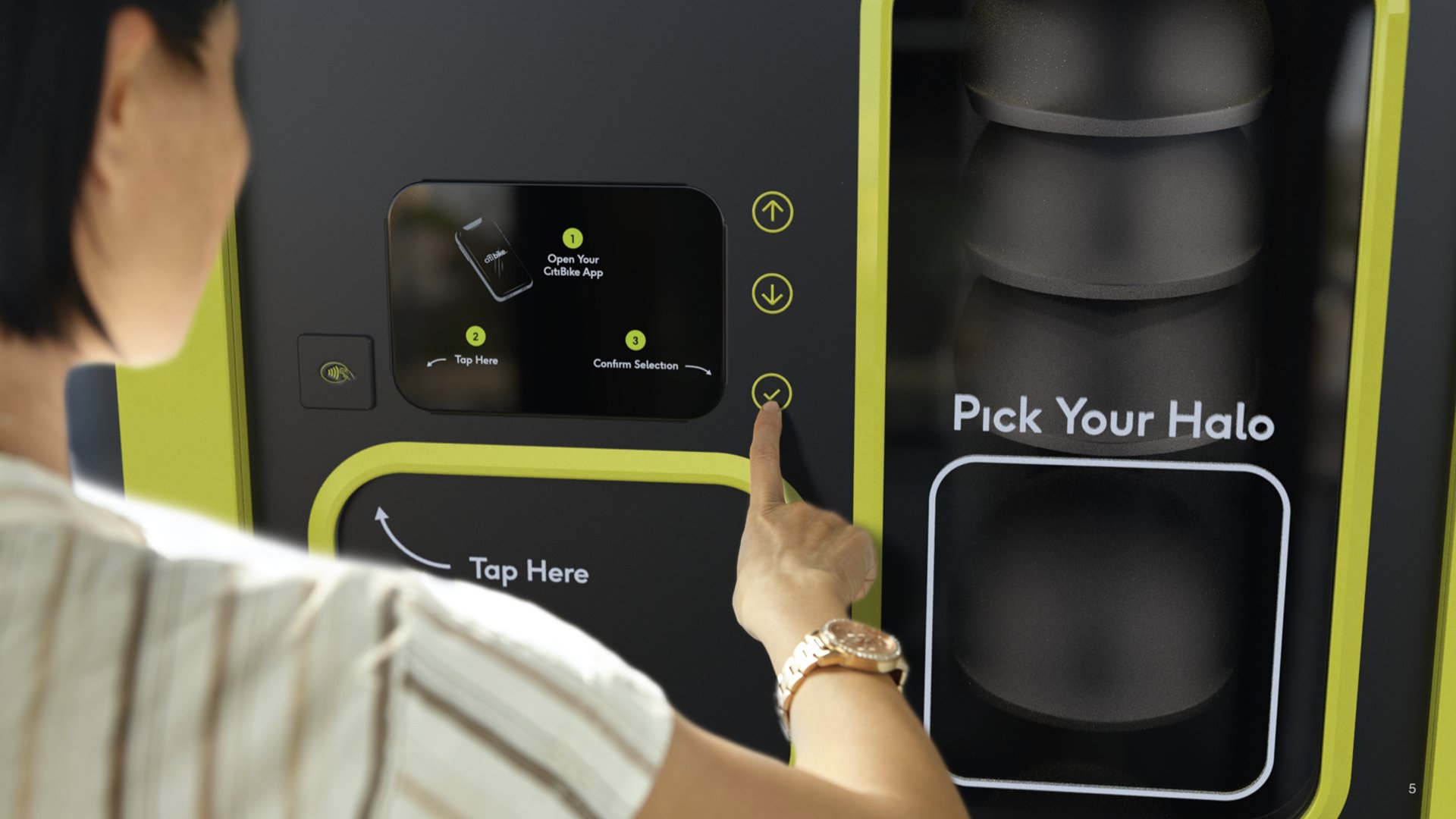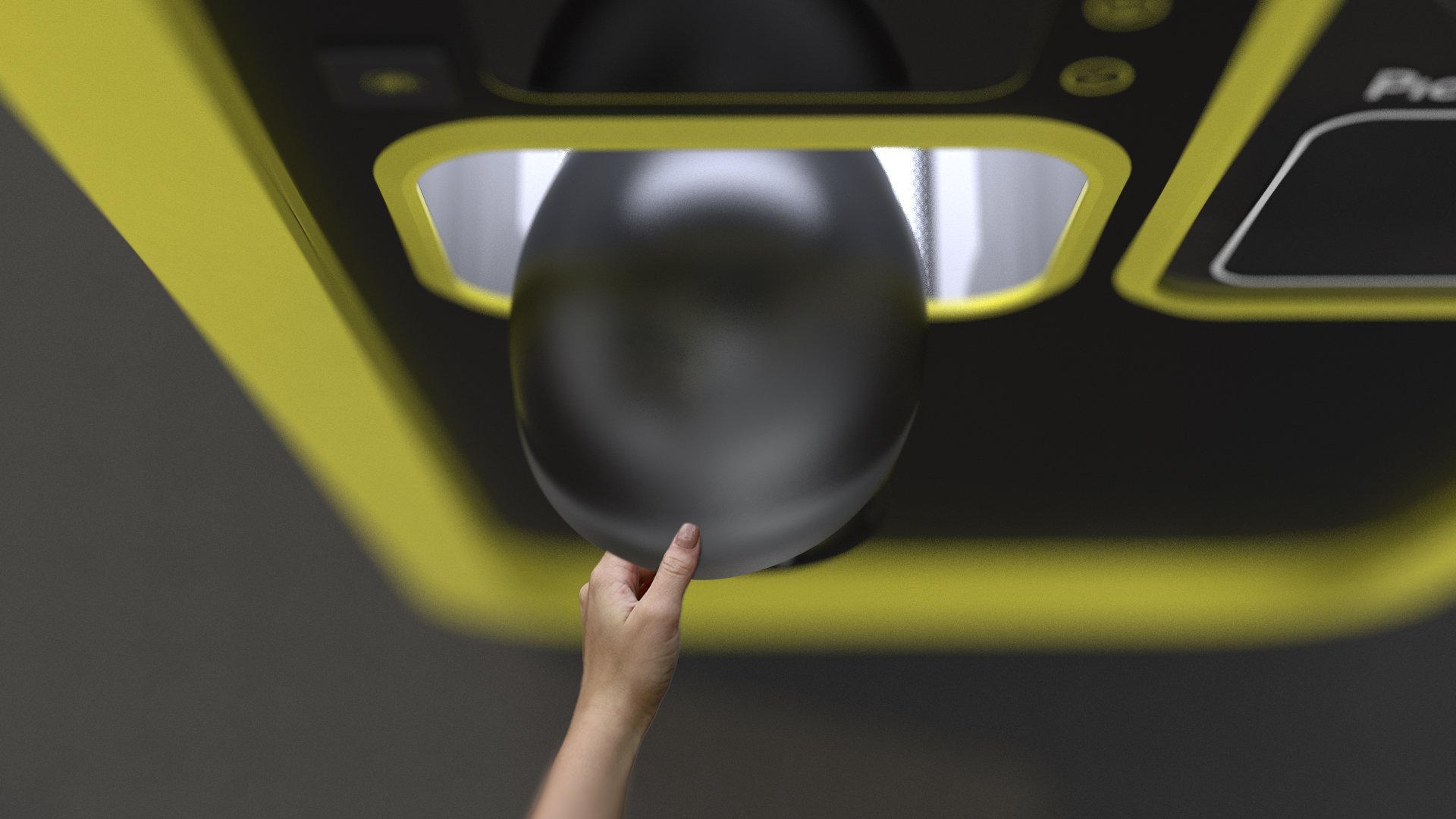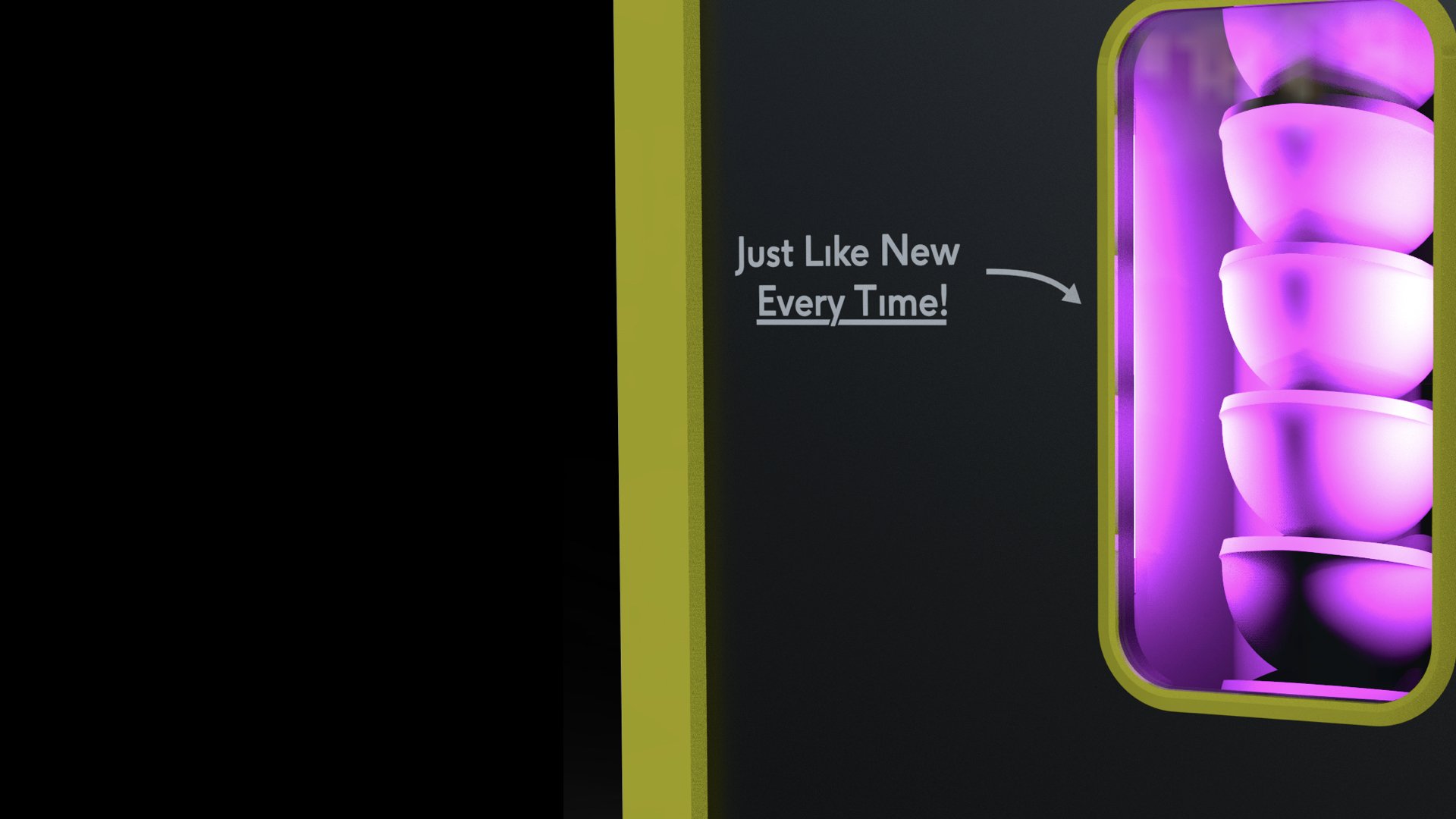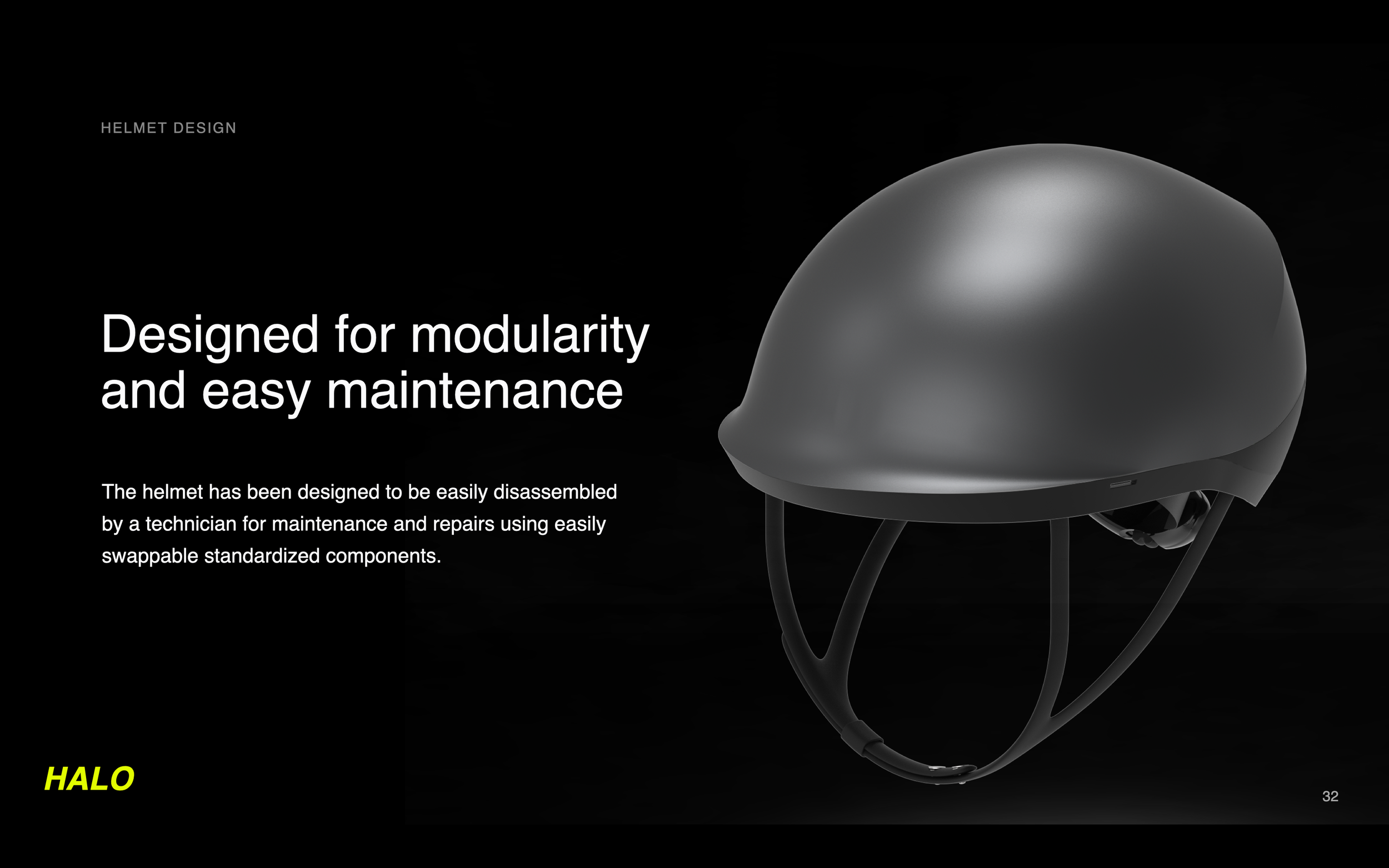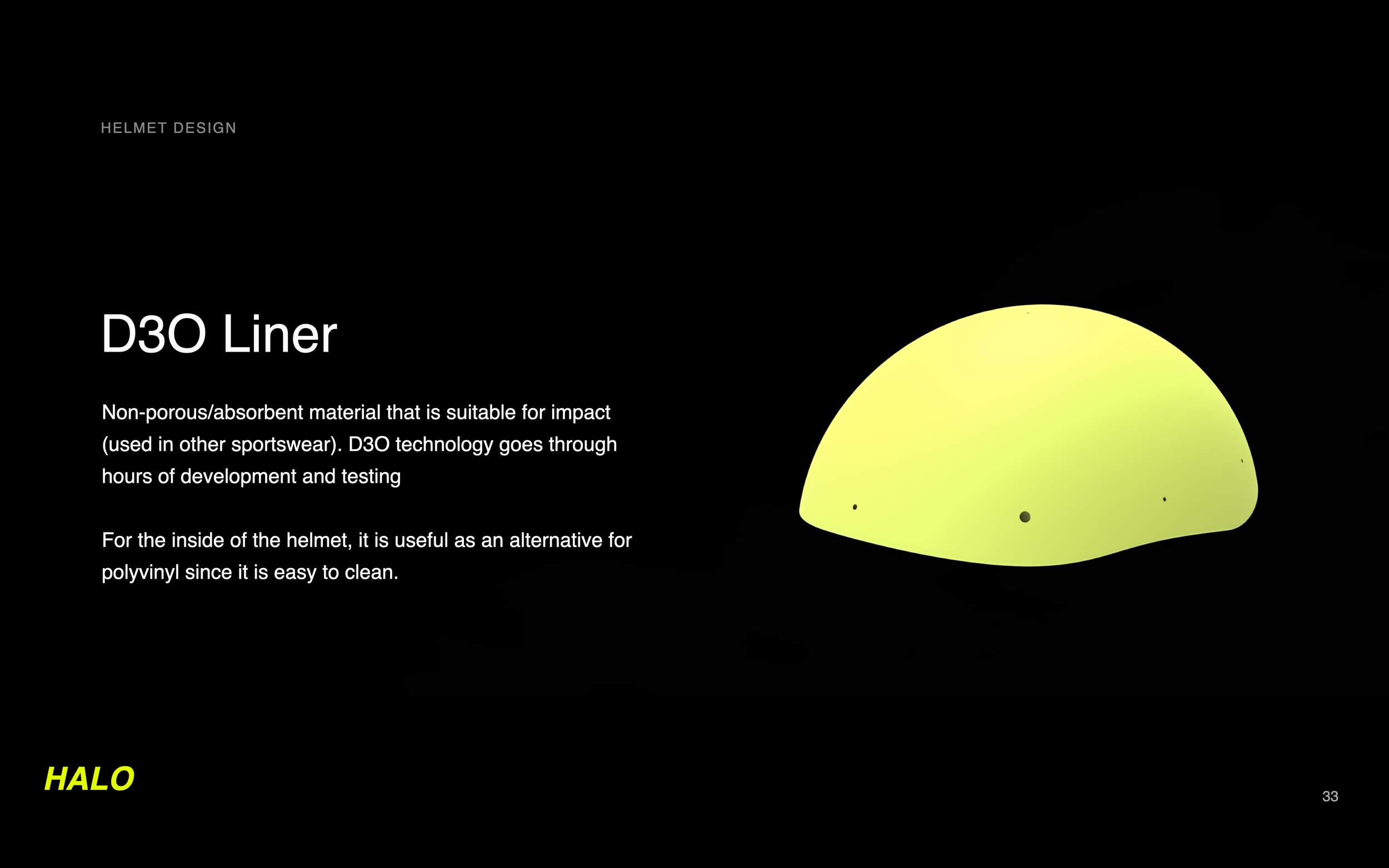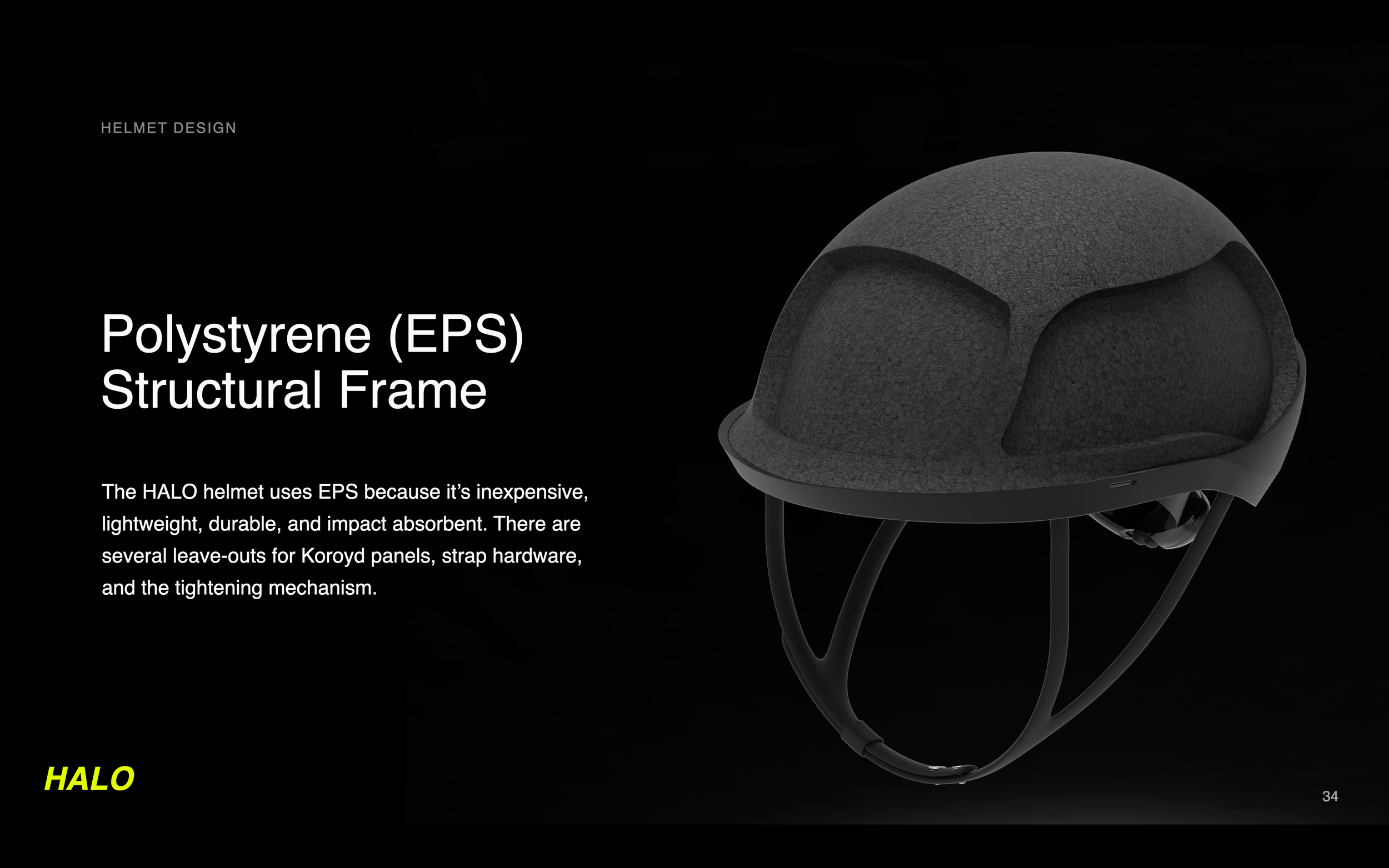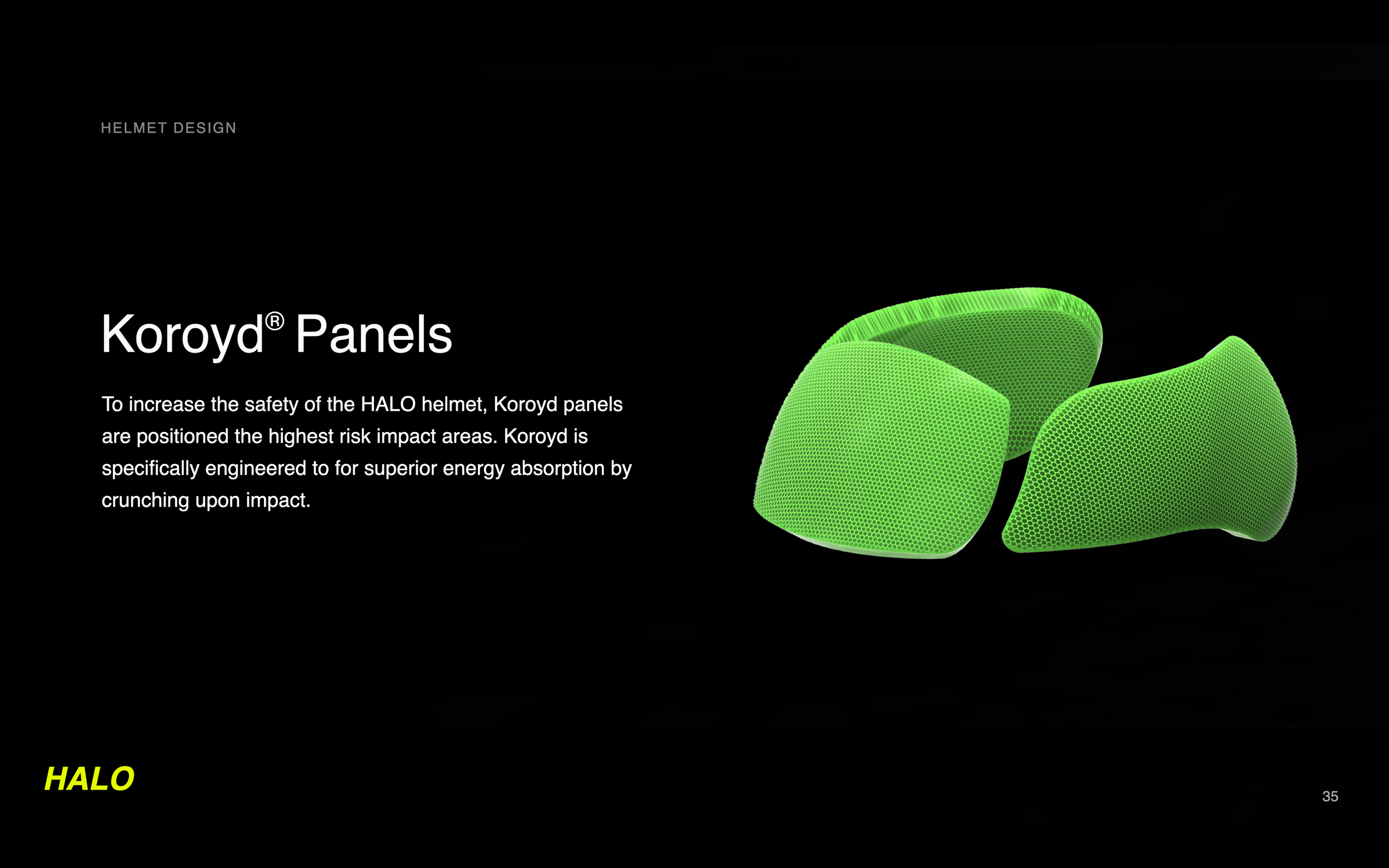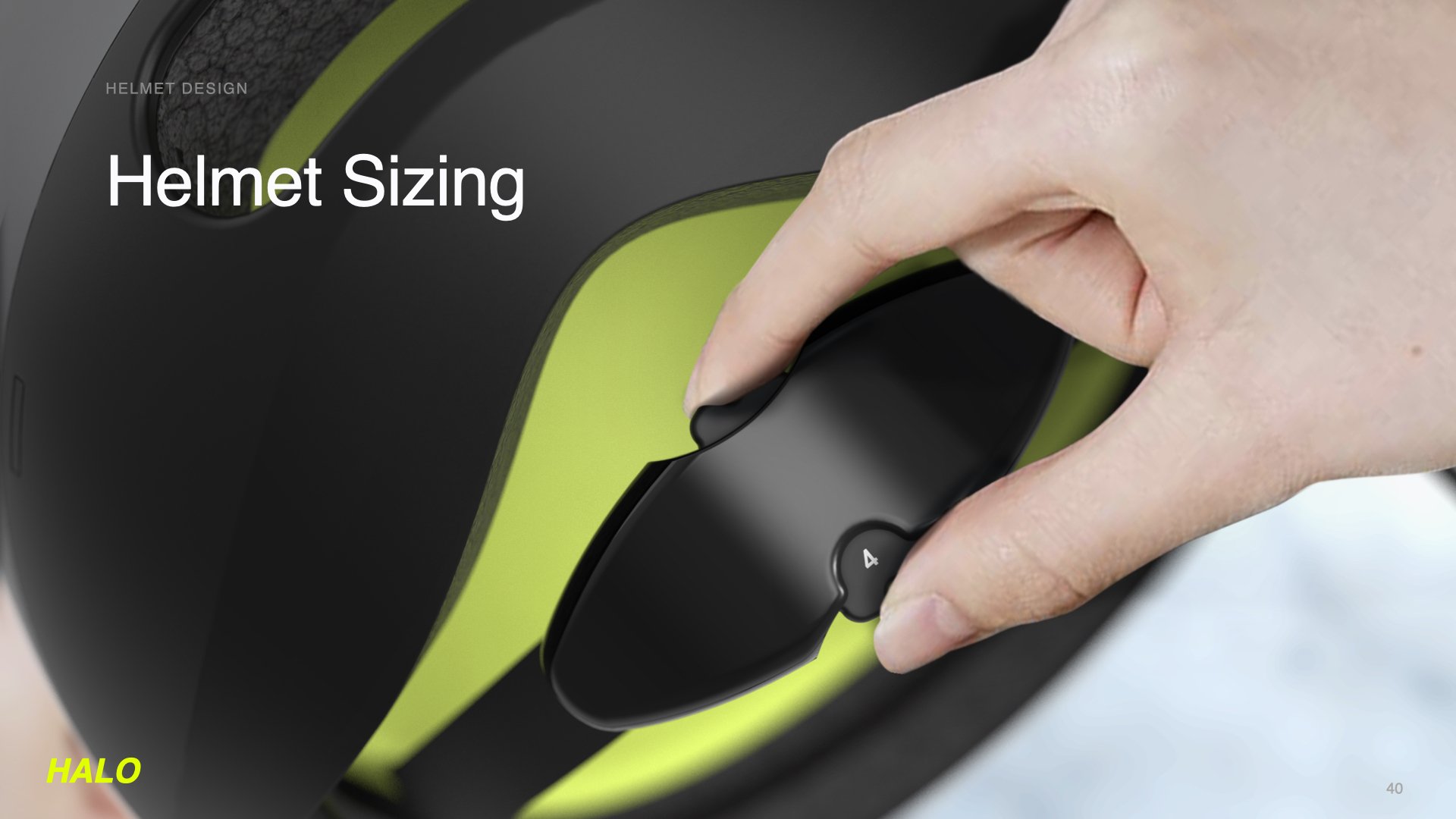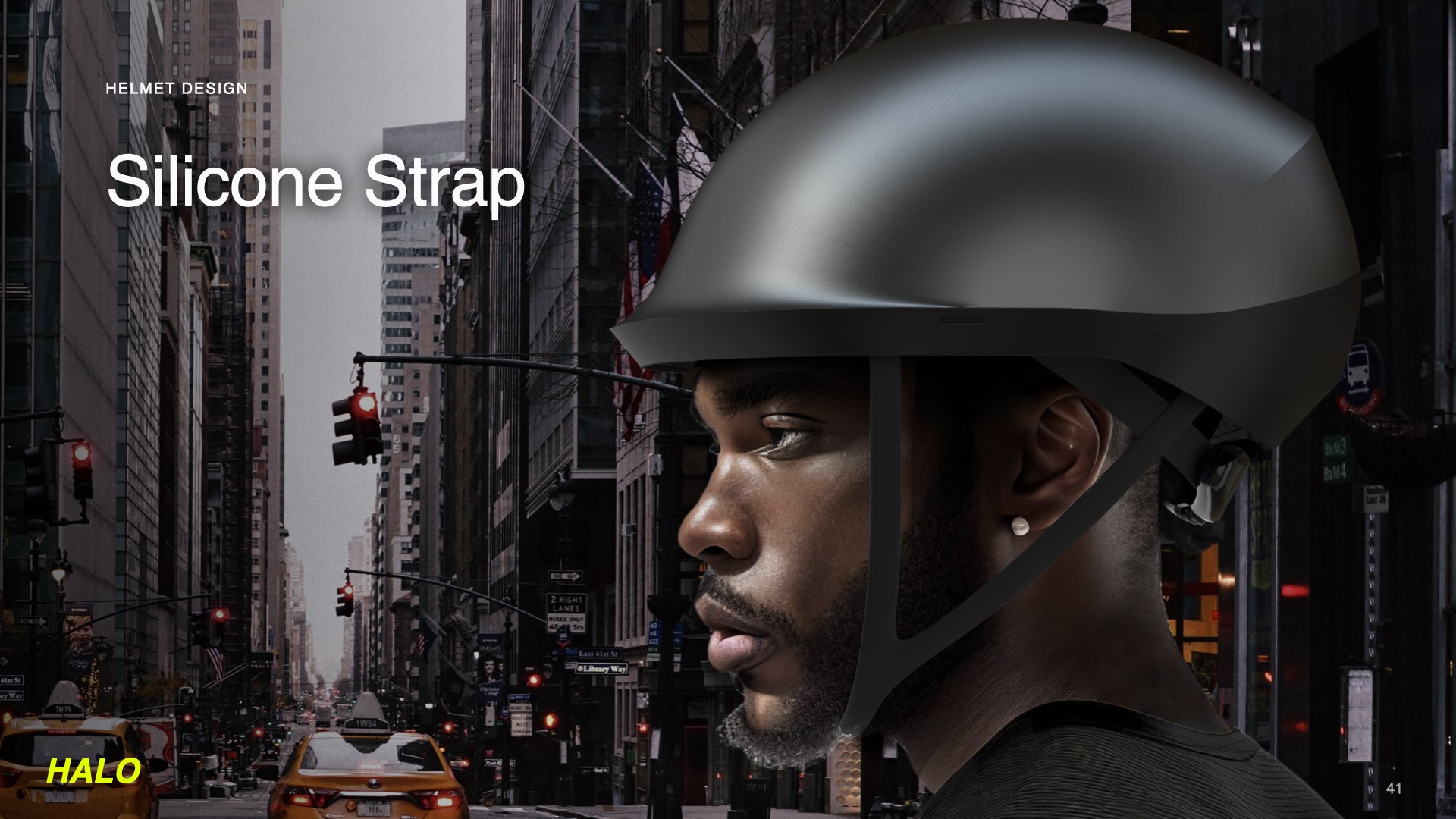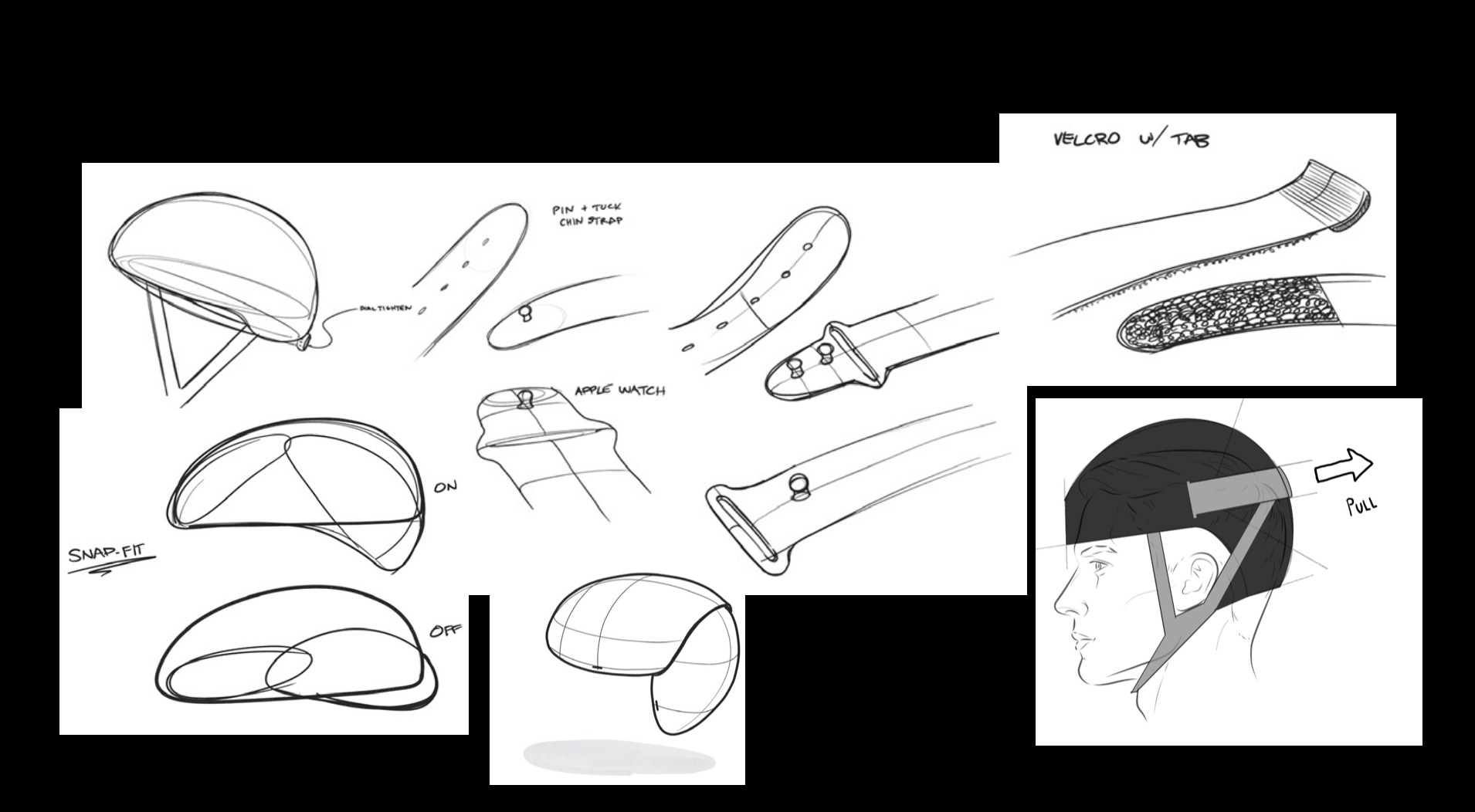Halo: A Hassle-Free Helmet-Renting Service in NYC
New York City has seen a tremendous increase in bike sharing—with 1.6 million New Yorkers regularly riding a Citi Bike. But while this increase in popularity has many benefits, it also means more accidents. Bicycle helmets can prevent serious head injuries by 85%, yet 88% of Citi Bike riders choose not to wear helmets.
88% of Citi Bike riders choose not to wear helmets.
And 80% of accidents and crashes involve head injuries.
Despite the advantages of wearing protective headgear, users claim that helmets are “inconvenient to carry,” “socially irrelevant,” and “inaccessible for people who don't bike frequently.” Students Arshlavi Auleear, José Martin, Corey McClelland, and Giancarlo Cipri saw an opportunity to design a solution to make helmets more user-friendly and convenient for Citi Bike users. They created the helmet-renting service—Halo—a convenient and hassle-free way to access protective headgear in NYC.
Halo is a helmet-renting service—a convenient and hassle-free
way to access protective headgear in NYC.
The Halo service works similarly to the Citi Bike rental process but requires a few additional steps. After joining the Citi Bike App, users choose their helmet, unlock their bike, ride, return the bike, and finally, return the helmet. Since this service is meant to be implemented as a partnership, it would be accessed through the user’s local bike-renting service. (For instance, in the case of New York City, it would be used through the Citi Bike App.) Through the app, the user would also be able to scan their head for sizing, and search helmet availability per location.
One of the most exciting aspects of this service is Halo's kiosk distribution and return system. The kiosks take care of storage, cleaning, and distribution. "Our users will be able to tap their device with the Citi Bike app to the machine's NFC reader, and the kiosk will pull up the user's helmet information and preferences, such as sizing, to provide a fitting helmet," remarks José Martin. "Although the kiosk will suggest a helmet for the user, the user can also scroll through other helmets of the same size if the initial helmet was damaged."
The helmets are tagged with RFID to track how long they've been in our system, who used them, and how they got damaged. "One of our priorities is to ensure that the helmets are clean," offers Corey McClelland. "This is why each kiosk is integrated with a dry vacuum to clear all debris and hair from the helmets, as well as a Germicidal UVC Light.” After 70 seconds of exposure, 99% of harmful bacteria, viruses, and other microbes on the helmet are eliminated. This way, our users are guaranteed a fresh helmet with every ride." In the video below, Corey outlines exactly how the Halo kiosk functions:
“It’s a helmet-as-a-service.
We designed a kiosk that is storage, cleaning and distribution all in one.”
Users can choose their head size on the Halo app which will give them an approximate helmet size. Later, their size will be saved on the app for easy use.
Citi Bike stations can have between 15 and 74 docks. A Halo kiosk station can store up to 75 helmets. “In order to make sure that there are enough helmets for everyone, we recommend that there be at least two kiosks located a high traffic station to accommodate cleaning time and damage helmet storage,” explains Arshlavi Auleear.
The Halo helmet was designed for modularity and easy maintenance. The product is meant to be easily disassembled by a technician for maintenance and repairs using swappable standardized components. The helmet is composed of four different layers—let’s take a closer look:
The first layer closest to the user's head is the D3O layer. D3O is a non-porous material suitable for impact and easy to clean. The second layer is the EPS layer. EPS is inexpensive, lightweight, durable, and impact-absorbent. The third layer is the Korroyd material. Korroyd panels are placed in the highest risk impact areas to ensure the user's safety. Korroyd is specifically engineered for superior energy absorption by crunching upon impact. Finally, the last layer consists of the polycarbonate outer shell. Polycarbonate is an industry standard for a durable outer shell with high impact and damage resistance.
The outer layer of the helmet sports a retroreflective coating so that it shows up brightly in the headlights during low-light conditions.
The helmet also incorporates a dial fit mechanism on the back for easy on-the-go sizing adjustments. The corresponding app is designed to gauge the helmet size of the wearer.
In addition, Halo's outer shell features a high visibility reflective coating that reflects and shines during night rides and is particularly useful during sunset and dusk.
Bonus: Check out the team’s prototype sketches of the Halo helmets and kiosks below:


